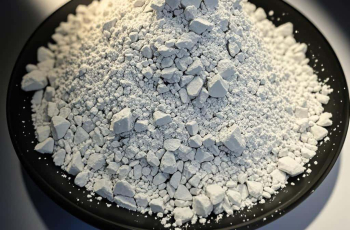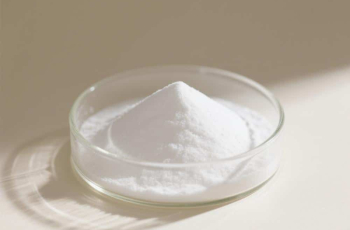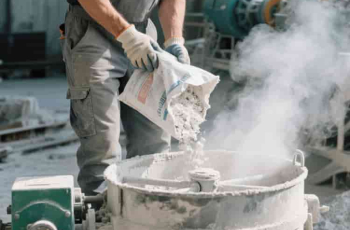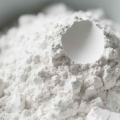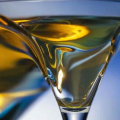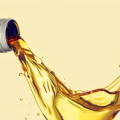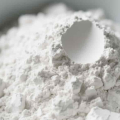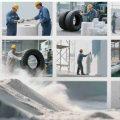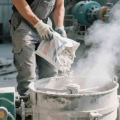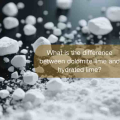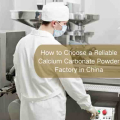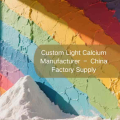- Welcome to China Calcium Carbonate Manufacturer
- WeChat:15078781000
Activated Calcium Carbonate(ACC)
- Category: Calcium Carbonate
- |
- Date: 2025-04-18 11:33
Activated Calcium Carbonate (ACC): Surface-modified filler enhancing polymer compatibility, enabling 50-70% loadings in plastics/rubber. Low oil absorption (≤25g/100g), ISO-certified, cost-efficient.
Product Details
What Is Activated Calcium Carbonate?
Activated Calcium Carbonate is produced by surface coating the Precipitated Calcium Carbonate slurry with Fatty Acids (Stearic Acid) and Titnate Coupling Agent then filtering and drying of the coated PCC slurry to produce ACC powder. Unlike untreated calcium carbonate, ACC reduces interfacial tension, enhances mechanical properties, and enables higher filler loading—making it a game-changer for cost-sensitive, high-performance applications.
Key Features:
Surface Treatment: Stearic acid (1–3%), titanate, or silane coatings.
Enhanced Compatibility: Optimal bonding with plastics, rubber, and resins.
Purity: ≥98% CaCO₃, heavy metals <10 ppm (ICP-MS verified).
How Is Activated Calcium Carbonate Produced?
1. Dry Surface Modification
Steps:
Pre-Drying: Heat CaCO₃ to 100–120°C to remove moisture.
Coating: Spray stearic acid (1–2% by weight) in high-speed mixers.
Curing: Heat to 80°C for 30 minutes to ensure uniform coverage.
Advantages:
Low energy consumption (≤15 kWh/ton).
Oil absorption reduced to 20–25 g/100g (vs. 35–40g for untreated CaCO₃).
2. Wet Surface Modification
Steps:
Slurry Preparation: Mix CaCO₃ with water (30–40% solids).
Reactor Treatment: Add titanate coupling agent (0.5–1%) under pH control.
Filtration & Drying: Centrifuge and spray-dry to free-flowing powder.
Advantages:
Higher coating uniformity (≥95% coverage).
Ideal for nano CaCO₃ activation (50–100nm).
Technical Specifications of Activated Calcium Carbonate
| Parameter | Specifications | Testing Method |
| Particle Size (D50) | 1–10 μm (adjustable) | Laser Diffraction |
| Activation Degree | ≥90% | TGA Weight Loss Analysis |
| Oil Absorption | ≤25 g/100g | ISO 787-5 |
| Moisture Content | ≤0.3% | Oven Drying (105°C) |
| pH Value | 8.0–9.5 | pH Meter (10% suspension) |
Custom Options:
Coating agents (stearate, titanate, silane).
Particle size (0.5–15 μm), packaging (25kg bags, bulk silos).
Why Choose Activated Calcium Carbonate? Core Advantages
Superior Polymer Compatibility
Plastics: Enables 50–70% filler loading in PVC pipes, reducing costs by 20–30% while maintaining impact strength (ASTM D256).
Rubber: 40% replacement of carbon black in tires, improving tear resistance by 15% (ASTM D624).
Process Efficiency
Reduces mixing time by 25% in polymer compounding (Brabender torque analysis).
Eliminates dusting during handling (HSE compliance).
Sustainability
Lowers energy consumption in extrusion (5–10% reduction in barrel temperature).
Recyclable in closed-loop systems (GRS certification supported).
Applications of Activated Calcium Carbonate
1. Plastics & Polymers
PVC Pipes: 60% ACC loading achieves 8.5 kJ/m² impact strength (ISO 179), 20% cost savings.
PP/PE Films: 15–20% ACC improves stiffness (flexural modulus +30%) without haze increase.
2. Rubber Products
Tire Treads: 30–40% ACC reduces rolling resistance by 12% (ECE R117 standard).
Shoe Soles: 50% filler loading enhances abrasion resistance (DIN 53516).
3. Coatings & Adhesives
Wood Coatings: 25% ACC increases scratch resistance (ISO 1518) by 40%.
Hot-Melt Adhesives: 15% ACC improves bond strength (ASTM D1002) and thermal stability.
4. Advanced Composites
WPC Decking: 50–60% ACC in HDPE reduces density by 15%, UV resistance +200 hours (QUV testing).
3D Printing Filaments: Nano ACC (1–2%) enhances layer adhesion and surface finish.
Quality & Certifications
Global Standards: ISO 9001. REACH, FDA 21 CFR 178.3297 (food-contact).
Eco-Labels: Halal, Kosher, and GRS (Global Recycled Standard).
Testing Reports: Migration tests (EU 10/2011), heavy metal compliance (RoHS).
FAQs About Activated Calcium Carbonate
Q: How does ACC differ from regular calcium carbonate?
A: ACC features surface coatings that improve polymer bonding, enabling higher filler ratios and better mechanical performance.
Q: Which coating agent is best for polypropylene?
A: Titanate coupling agents (e.g., LICA 38) optimize PP-ACC interface strength.
Q: Can ACC replace silica in rubber?
A: Partially—use ACC for cost reduction and silica for ultra-high wear resistance.
Order Activated Calcium Carbonate
Samples: Free 2kg trial packs with technical datasheets.
Customization: Tailored particle size, coatings, and packaging.
Support: R&D collaboration for formulation optimization and regulatory guidance.
Unlock Advanced Solutions with a Specialty Calcium Carbonate Supplier:
As a pioneer in surface-modified fillers, Jintai – your trusted calcium carbonate supplier – offers activated calcium carbonate (ACC) engineered for superior polymer compatibility. Our ACC utilizes stearic acid, silane, or titanate coatings to achieve ≤25g/100g oil absorption and 90%+ activation rates, perfect for high-loading rubber, PVC pipes, and WPC decking. With in-house R&D labs and GRS-certified production lines, Jintai delivers ACC that reduces costs while enhancing mechanical properties. Explore custom coatings and bulk pricing options today.


